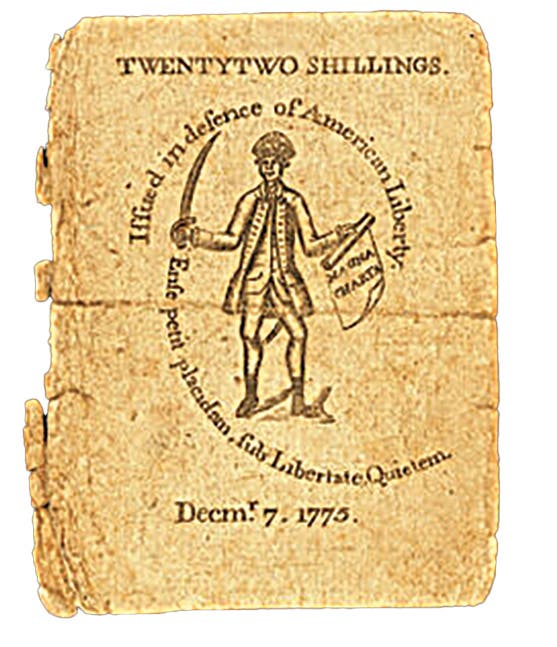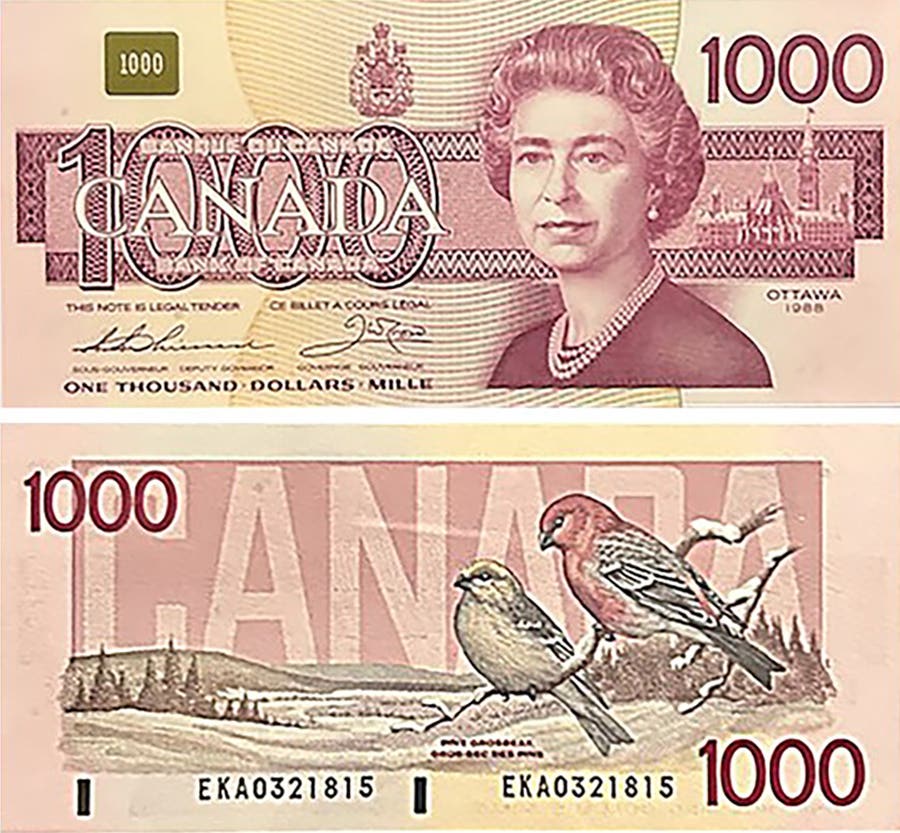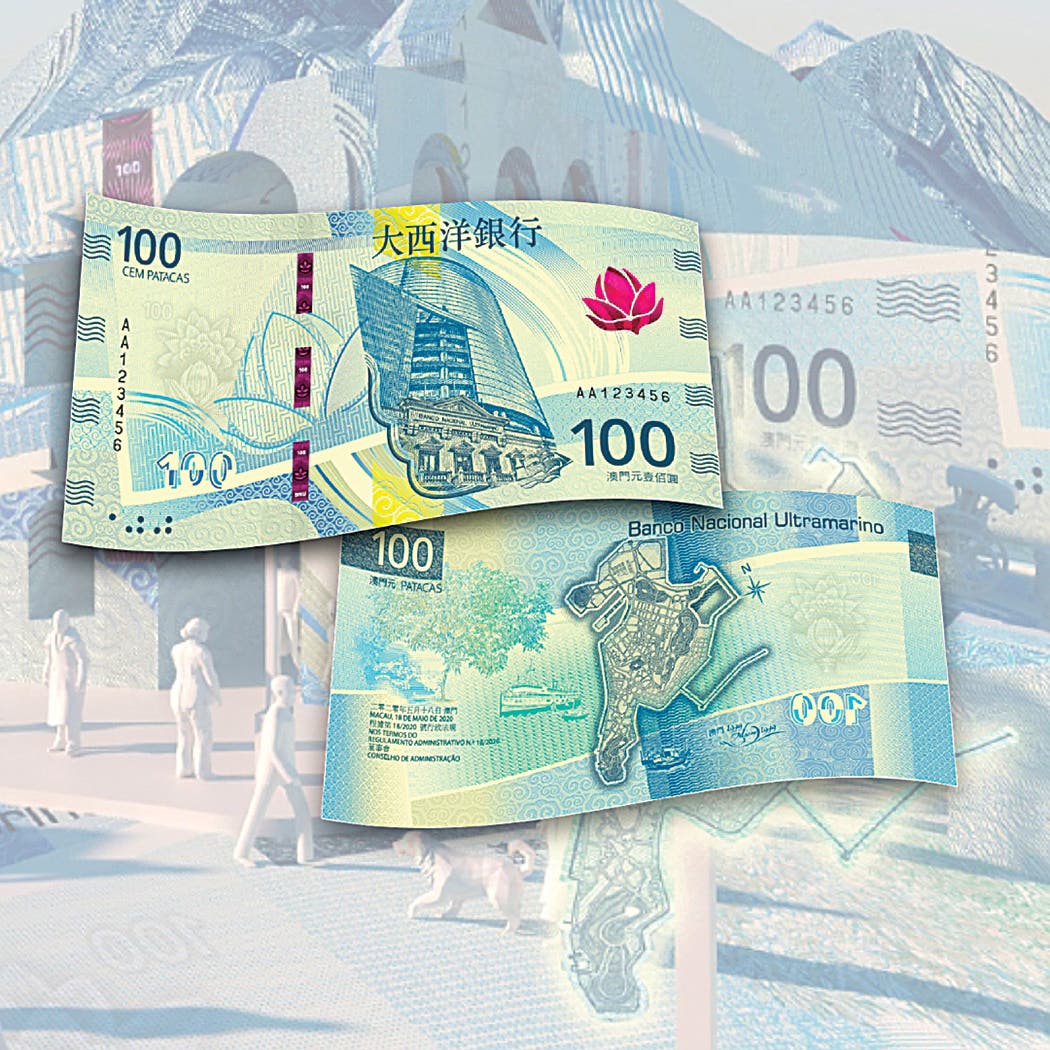Spending American Money in Ecuador
Because of the decrease in the value of the Ecuador sucre, the country abandoned its own currency and adopted the U.S. dollar.
American coins and currency are used in the United States and its territories and commonwealths, including Puerto Rico, Guam, the U.S. Virgin Islands, American Samoa, and the Northern Marianas Islands.
There are several foreign nations where the U.S. dollar is the official currency, including Bonaire, the British Virgin Islands, Ecuador, El Salvador, Marshall Islands, Micronesia, Palau, Panama, Timor-Leste, Turks and Caicos, and Zimbabwe. In some of these countries, its own currency (Panama Balboa and coins in Ecuador, for example) or other currencies may also be official currency as well (such as Zimbabwe). Some of these countries are former U.S. trust territories.
In and around much of the Caribbean, the influx of American tourists is so important to the economies of the nations that their local currencies are fixed to the value of the U.S. dollar, with the result that it is relatively easy to spend American currency and even coins. I have done so in the Bahamas, Belize, and Saint Martin.
For almost three weeks in March, I visited relatives in Ecuador. In response to the soaring decrease in the value of the Ecuador sucre, that country abolished its own currency in 2000 to adopt the U.S. dollar as its official currency. Ecuador centavo coins are still spendable there, but my experience was that about 90 percent of the change I handled was U.S. coins.
There is a quirk in Ecuador’s monetary system. The population prefers using coins in everyday commerce rather than paper money. As a consequence, hundreds of millions of Sacagawea dollars have been shipped to Ecuador over the years, along with smaller denomination coins. When paying for purchases with U.S. currency (bills up to the $20 denomination were readily accepted), all the change you received was likely to be in coins.
As a result, current U.S. coinage in circulation in Ecuador on average exhibits far more wear than it does in America.
The abolition of its own monetary system and replacing it with the U.S. dollar has significantly stabilized the Ecuadorian economy. There are also thousands of American citizens, mostly retirees like my relatives, who have permanently relocated there. Being able to use U.S. dollars to pay for the lower cost of living there is just one of the conveniences for American expats.
Just as most nations in Europe use the same euro coins and currency in everyday commerce, so the widespread use of U.S. dollars in other Western Hemisphere countries facilitates trade.
Answer to the Previous Trivia Question
Last week, I asked: Why did the U.S. government issue a $1,000 Treasury Note but not one in the $500 denomination?
Treasury Notes were introduced in 1890 as a hybrid currency that could theoretically be redeemed by the government either for physical gold or silver. In practice, where gold was proportionally more valuable than silver at the time, Treasury Noteholders would only redeem them if they could receive gold. The vignettes on the Treasury Note Series were Union military leaders and cabinet members during the Civil War. It was intended that General William Tecumseh Sherman would be featured on the $500 denomination. However, Sherman’s forces' devastating march across Georgia in 1864 left such a negative impression in the former Confederate states that this denomination depicting him was never issued.
This Week’s Trivia Question
How did the U.S. government in 1928 come to reduce the physical size of the paper money it issued? Come back next week for the answer.
Patrick A. Heller was honored as a 2019 FUN Numismatic Ambassador. He is also the recipient of the American Numismatic Association 2018 Glenn Smedley Memorial Service Award, 2017 Exemplary Service Award, 2012 Harry Forman National Dealer of the Year Award, and 2008 Presidential Award. Over the years, he has also been honored by the Numismatic Literary Guild (including twice in 2020), the Professional Numismatists Guild, the Industry Council for Tangible Assets, and the Michigan State Numismatic Society. He is the communications officer of Liberty Coin Service in Lansing, Mich., and writes “Liberty’s Outlook,” a monthly newsletter on rare coins and precious metals subjects. Past newsletter issues can be viewed at www.libertycoinservice.com. Some of his radio commentaries titled “Things You ‘Know’ That Just Aren’t So,” and “Important News You Need To Know” can be heard at 8:45 a.m. Wednesday and Friday mornings on 1320-AM WILS in Lansing (which streams live and becomes part of the audio archives posted at www.1320wils.com).
You may also like:






